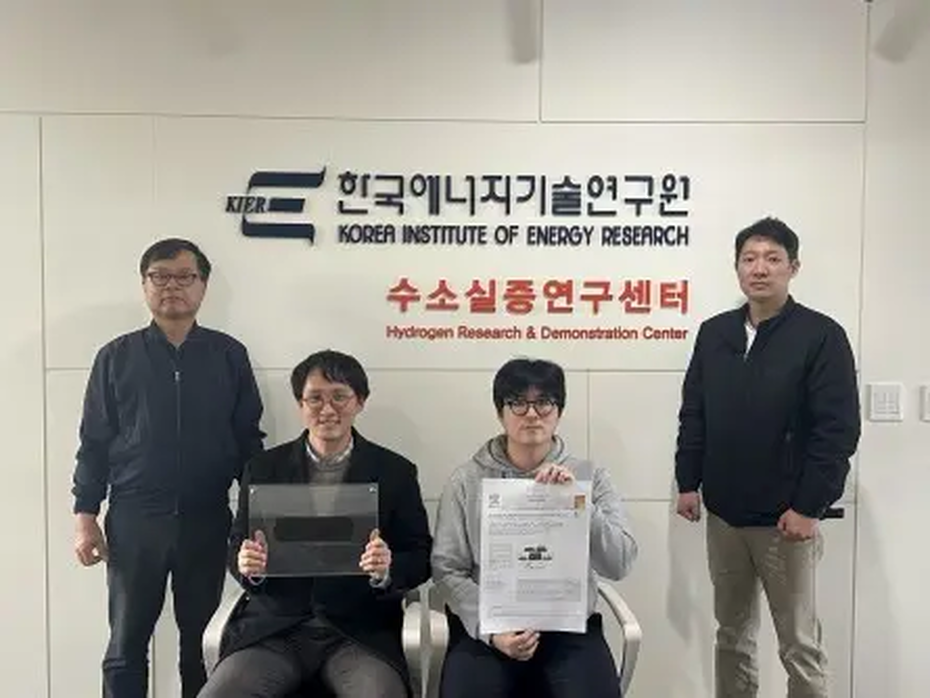
Carbon fiber paper is a key material in hydrogen fuel cell stacks, playing a crucial role in facilitating water discharge and fuel supply. It is composed of materials such as carbon fibers, binders (adhesives), and coatings. Over time, the arrangement, structure, and coating condition of these materials change, leading to a decline in the performance of the fuel cell. For this reason, analyzing the microstructure of carbon fiber paper has become an essential step in diagnosing the condition of fuel cells.
However, real-time analysis of the high-resolution microstructure of carbon fiber paper has been impossible until now. This is because obtaining accurate analysis results requires a process in which the carbon fiber paper sample is damaged and then subjected to detailed examination using an electron microscope.
To address the limitations of existing analysis methods, the research team developed a technology that analyzes the microstructure of carbon fiber paper using X-ray diagnostics and an AI-based image learning model. Notably, this technology enables precise analysis using only X-ray tomography, eliminating the need for an electron microscope. As a result, it allows for near real-time condition diagnosis.
The research team extracted 5,000 images from over 200 samples of carbon fiber paper and trained a machine learning algorithm with this data. As a result, the trained model was able to predict the 3D distribution and arrangement of the key components of carbon fiber paper — including carbon fibers, binders, and coatings — with an accuracy of over 98%. This capability enables the comparison of the initial state of the carbon fiber paper with its current state, allowing for the immediate identification of performance degradation causes.
The conventional analysis method, which involves crushing carbon fiber paper samples and using an electron microscope, takes at least 2 hours to complete. In contrast, the analysis model developed by the research team can identify the degradation, damaged areas, and extent of damage in the carbon fiber paper within a few seconds using only X-ray tomography equipment.
In addition, the research team utilized data from the developed model to systematically identify how design factors such as the thickness of the carbon fiber paper and the binder content affect fuel cell performance. They also extracted optimal design parameters and proposed an ideal design plan aimed at improving the efficiency of fuel cells.
Dr. Chi-Young Jung, the lead researcher, stated, "This study is significant in that it enhances analysis technology by combining AI with virtual space utilization, and clearly identifies the relationship between the structure and properties of energy materials, thereby demonstrating its practical applicability." He added, "We expect it to play a significant role in related fields such as secondary batteries and water electrolysis in the future.“
This study was conducted with the support of the Korea Institute of Energy Research's (KIER) research program and was published online in October 2024 in Applied Energy, a globally renowned journal in the energy sector.